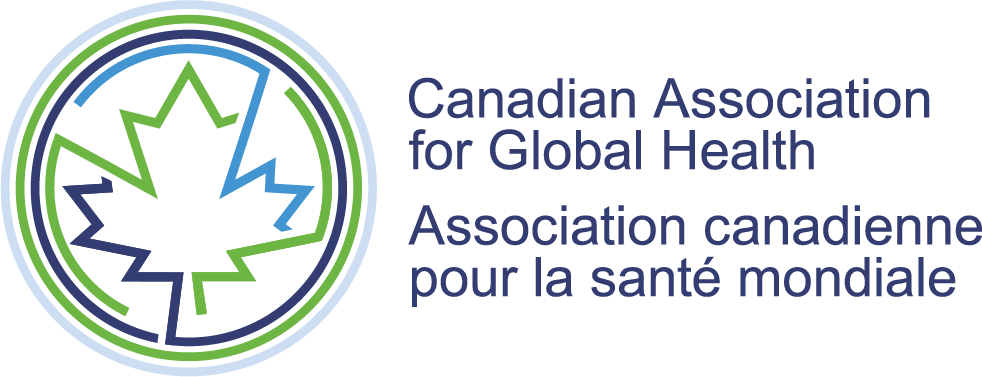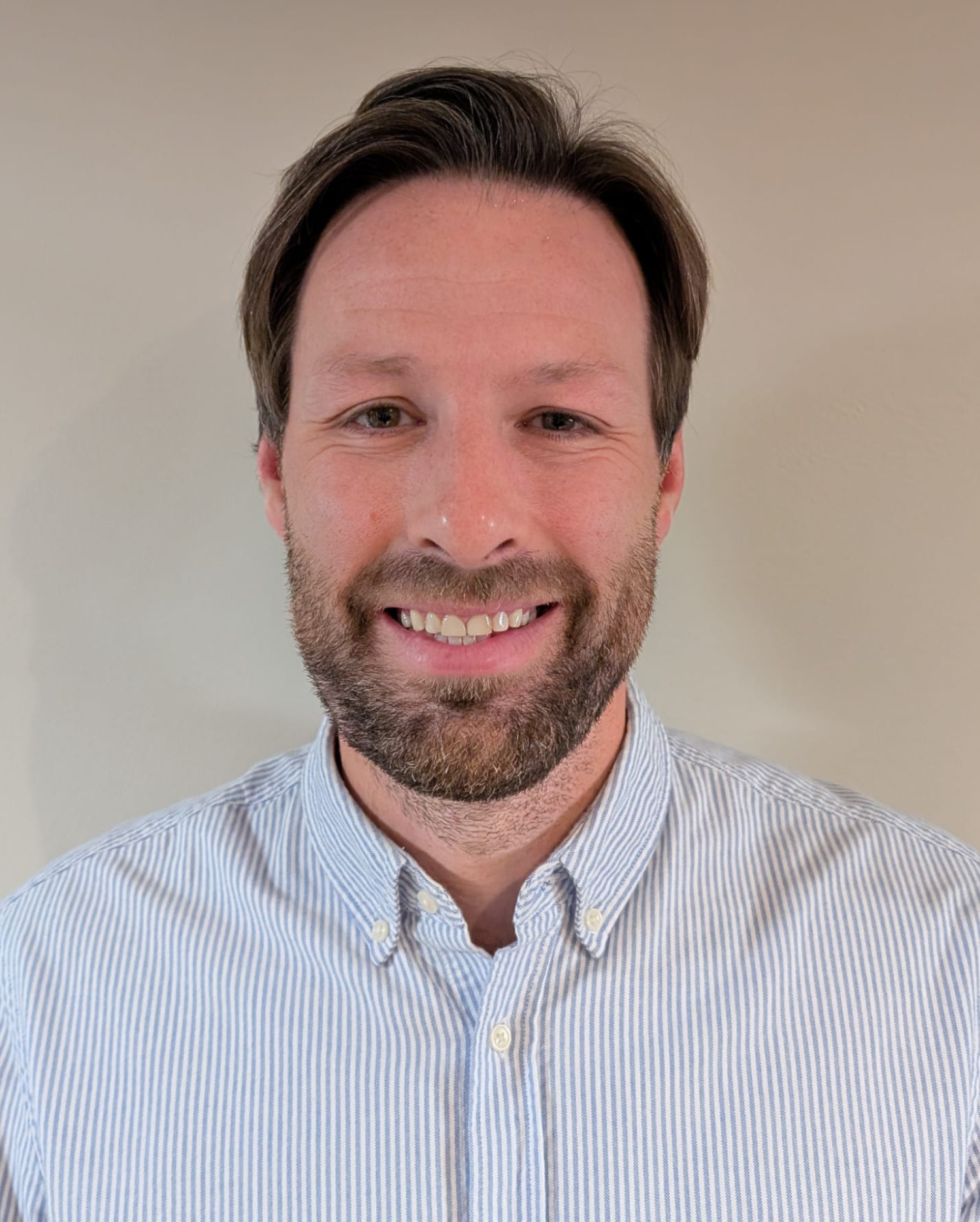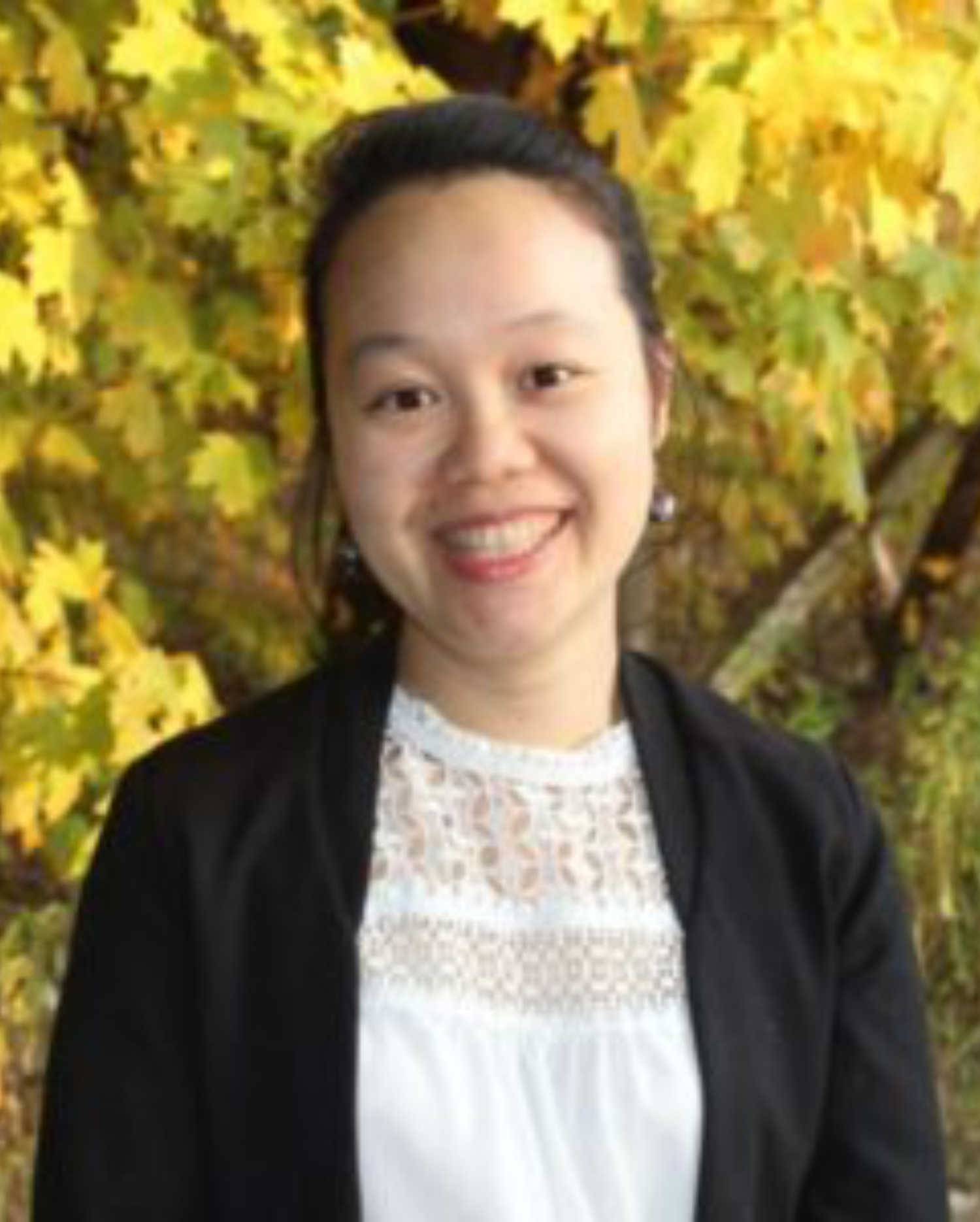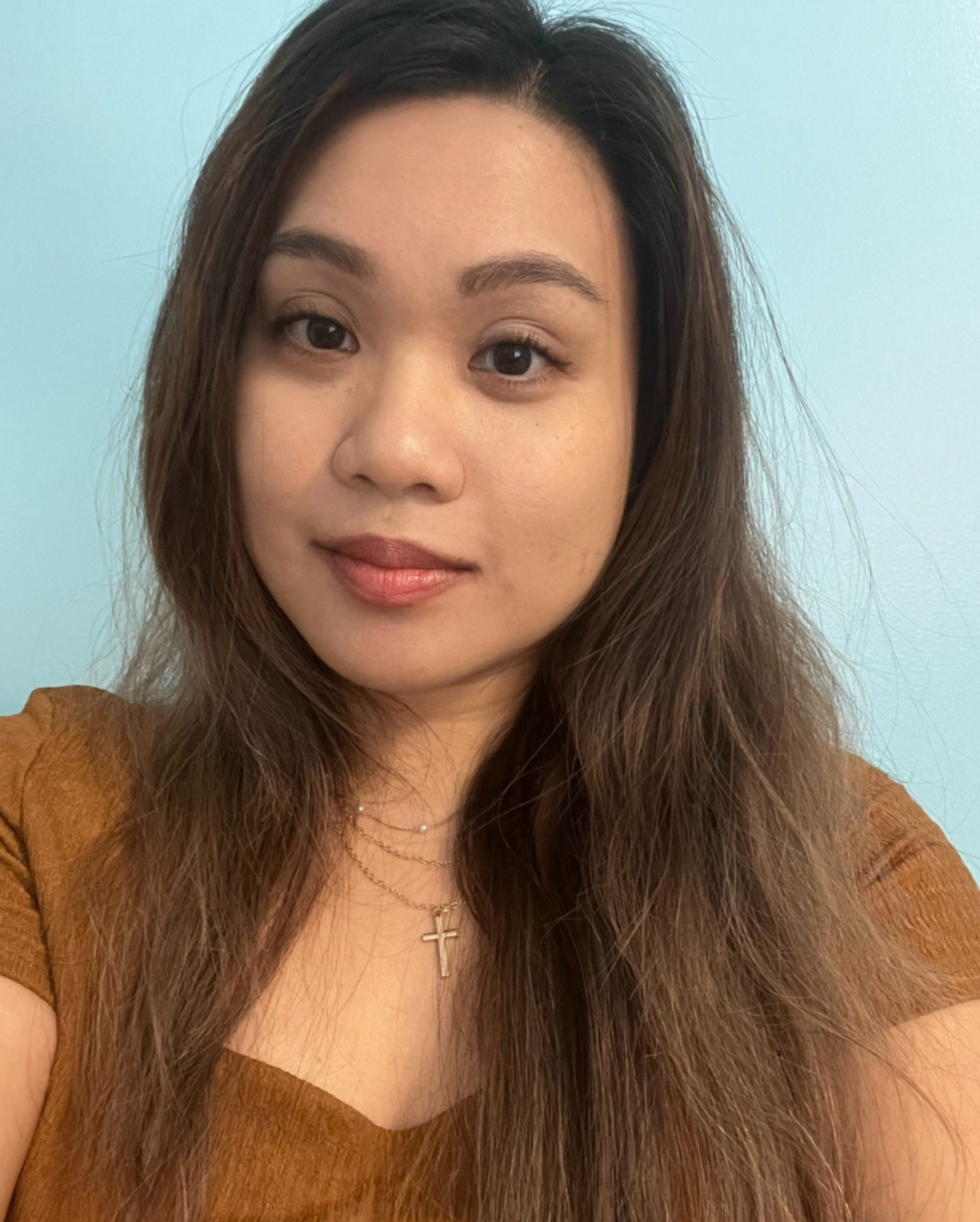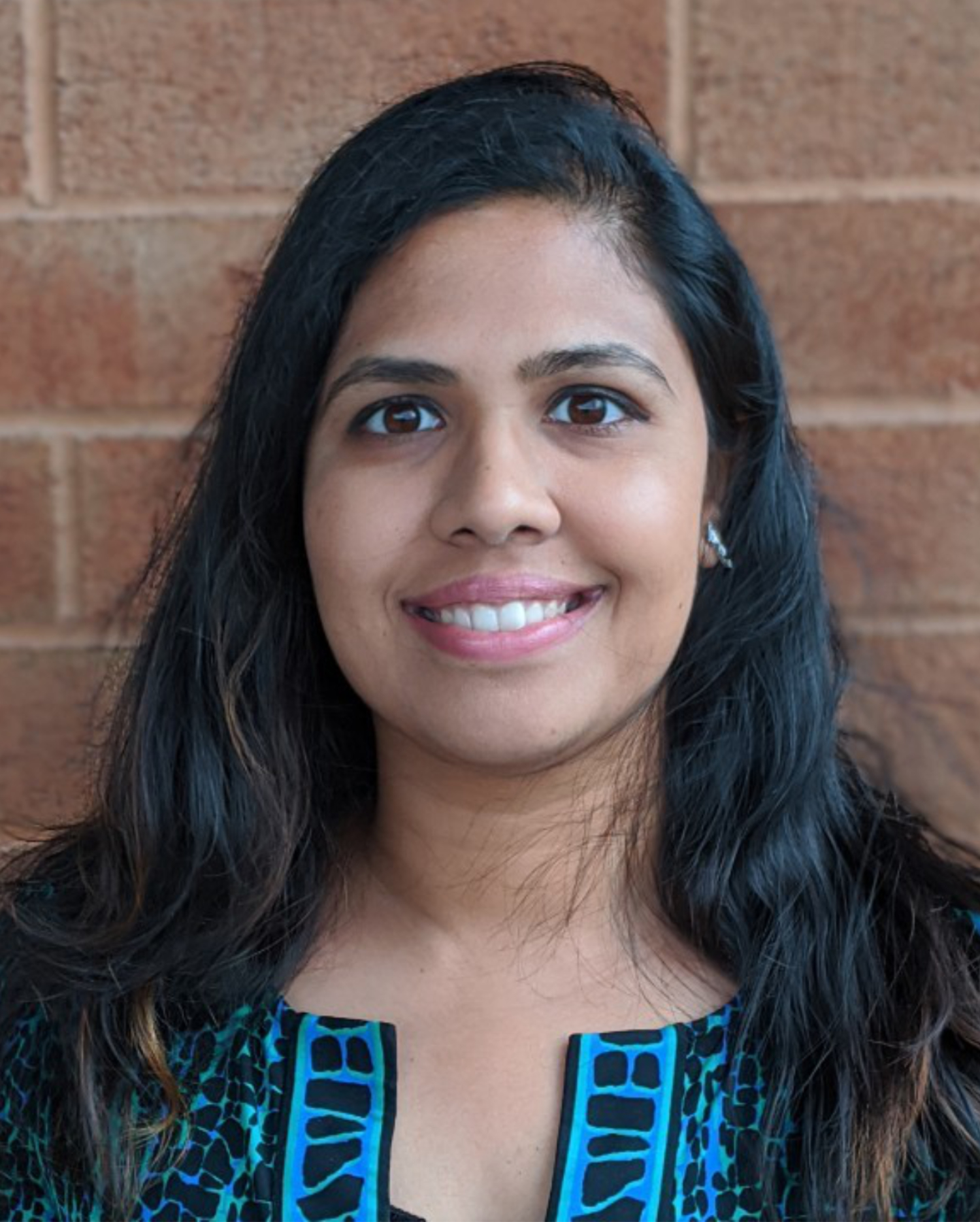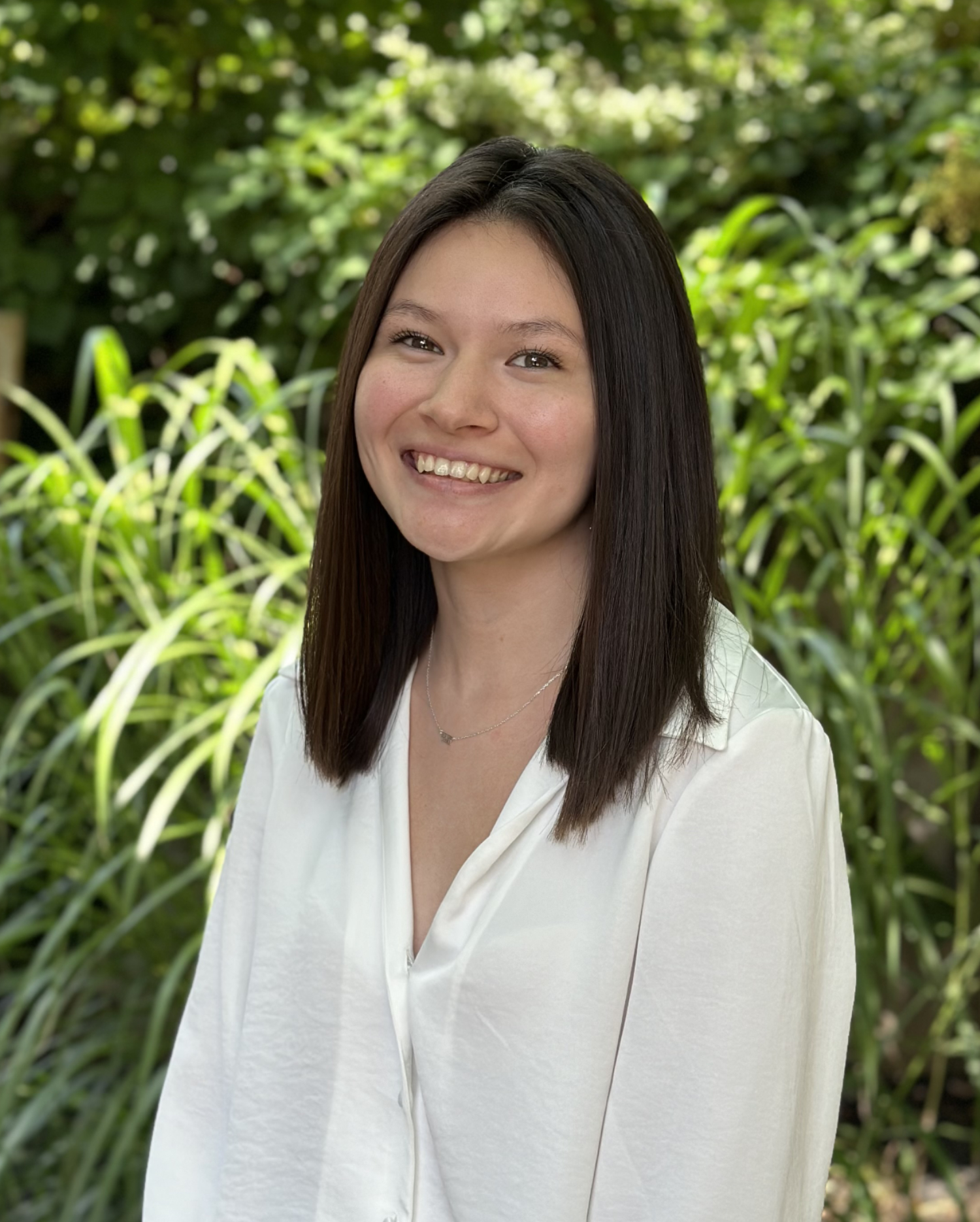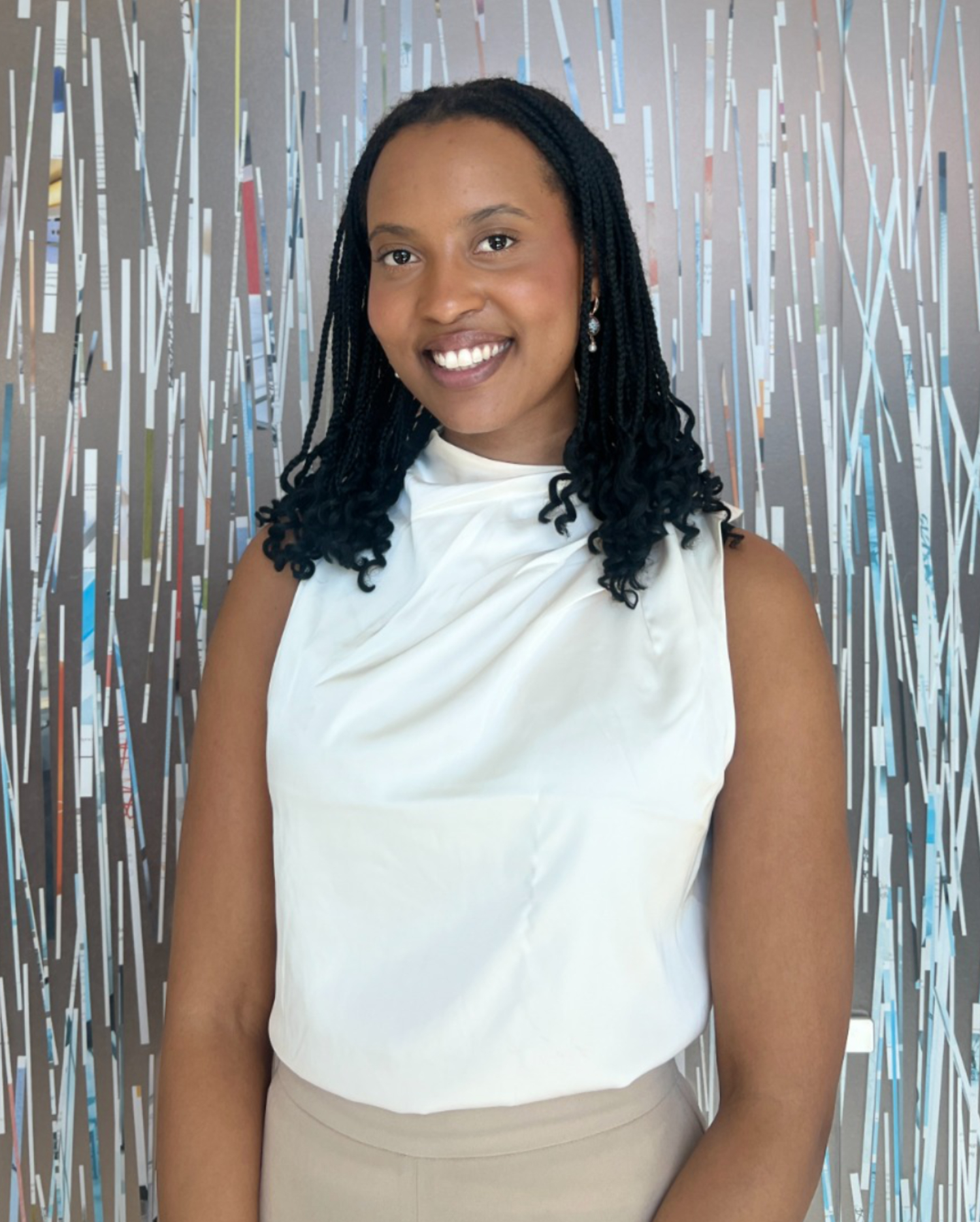MentorNet
CAGH MentorNet connects Students and Emerging Professionals (SEPs) interested in global health with experts in the field for discussion and coaching over a period of 8 to 10 months.
CAGH provides a curriculum of more than 40 diverse educational modules in global health, as well as a program liaison (MentorNet steering committee member) to support and facilitate the mentorship process. The program is very flexible, with mentors and SEPs free to adapt the program in a way that suits them best. On average, SEP-mentor pairs meet monthly through Skype or in person, using the educational modules provided by their program liaisons as a starting point.
A successful mentorship experience is one that benefits both the mentor and the SEP through exploring issues in new ways and by giving/receiving career and life advice in the field of global health.
Applications for MentorNet 2025-2026 cohort will be open from July 10 to August 31, 2025.
How Does It Work?
- Interested Students and Emerging Professionals (SEPs) and potential mentors apply online to participate in the program.
- SEP applications are evaluated and scored using pre-determined criteria.
- High-ranking SEPs and available mentors are paired according to their mutual interests within the field of global health.
- After the first meeting, the SEP-mentor pair identifies modules of interest to receive adapted training materials from their liaison.
- The pair maintains a conversation either in person, over the phone or Skype, or by email, as often as they have decided feasible.
- To help stimulate conversation and discussion of global health issues, monthly modules are sent from the program liaison, including news stories, academic articles, multi-media resources, and other learning materials.
The expected time commitment is 1-2 hours per month for a period of eight months, beginning at the start of the calendar year.
More questions? Refer to our FAQ.
Benefits to SEPs
- Create relationships with leading professionals in field of interest
- Learn from seasoned professional’s experience in global health
- Discuss career goals and seek guidance
- Enhance understanding of current global health issues
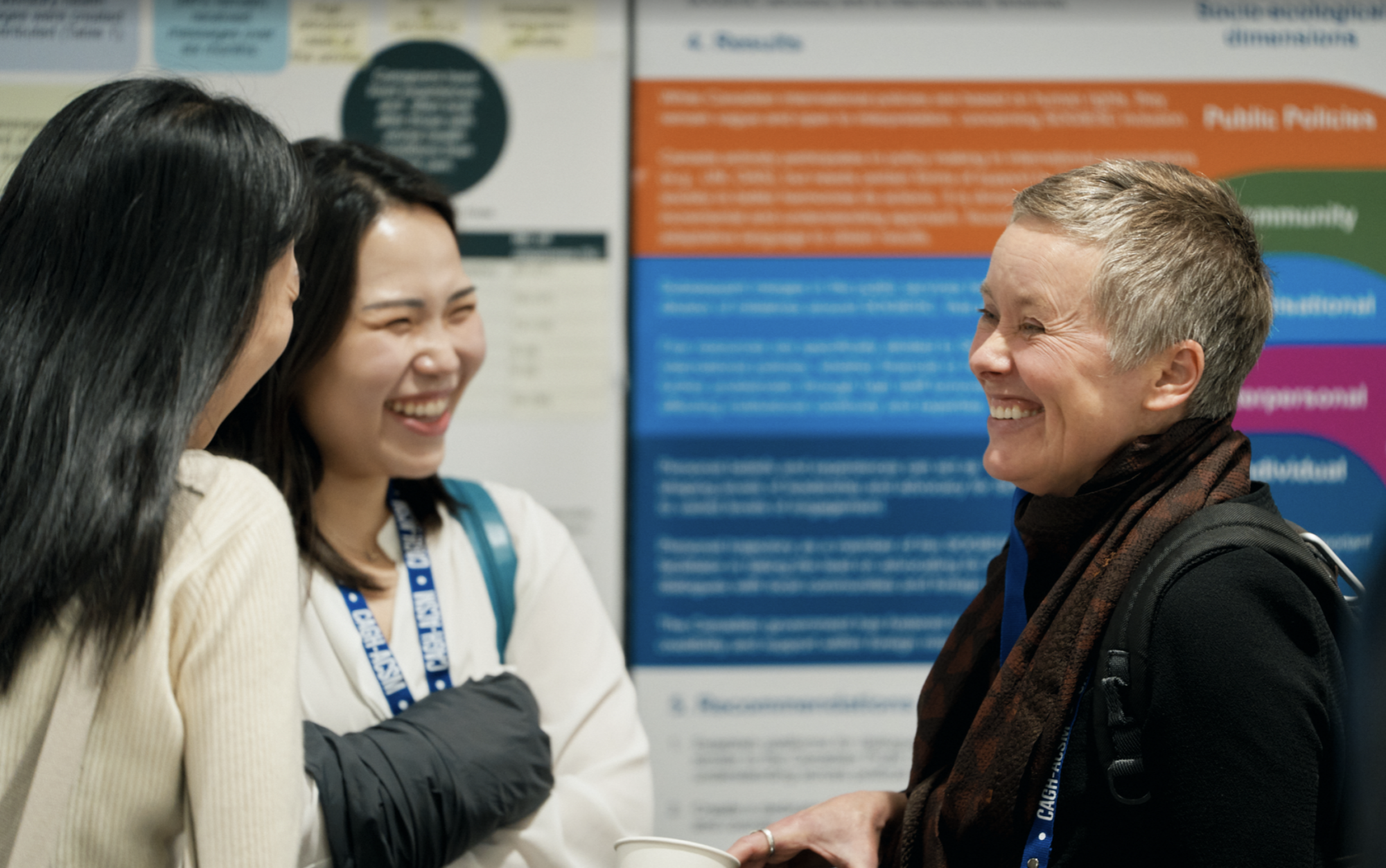
Benefit to Mentors
- Gain new insight into the global health field from a learners’ perspective
- Discuss current global health challenges with eager young minds
- Support and share one’s passions with the next cohort of global health leaders
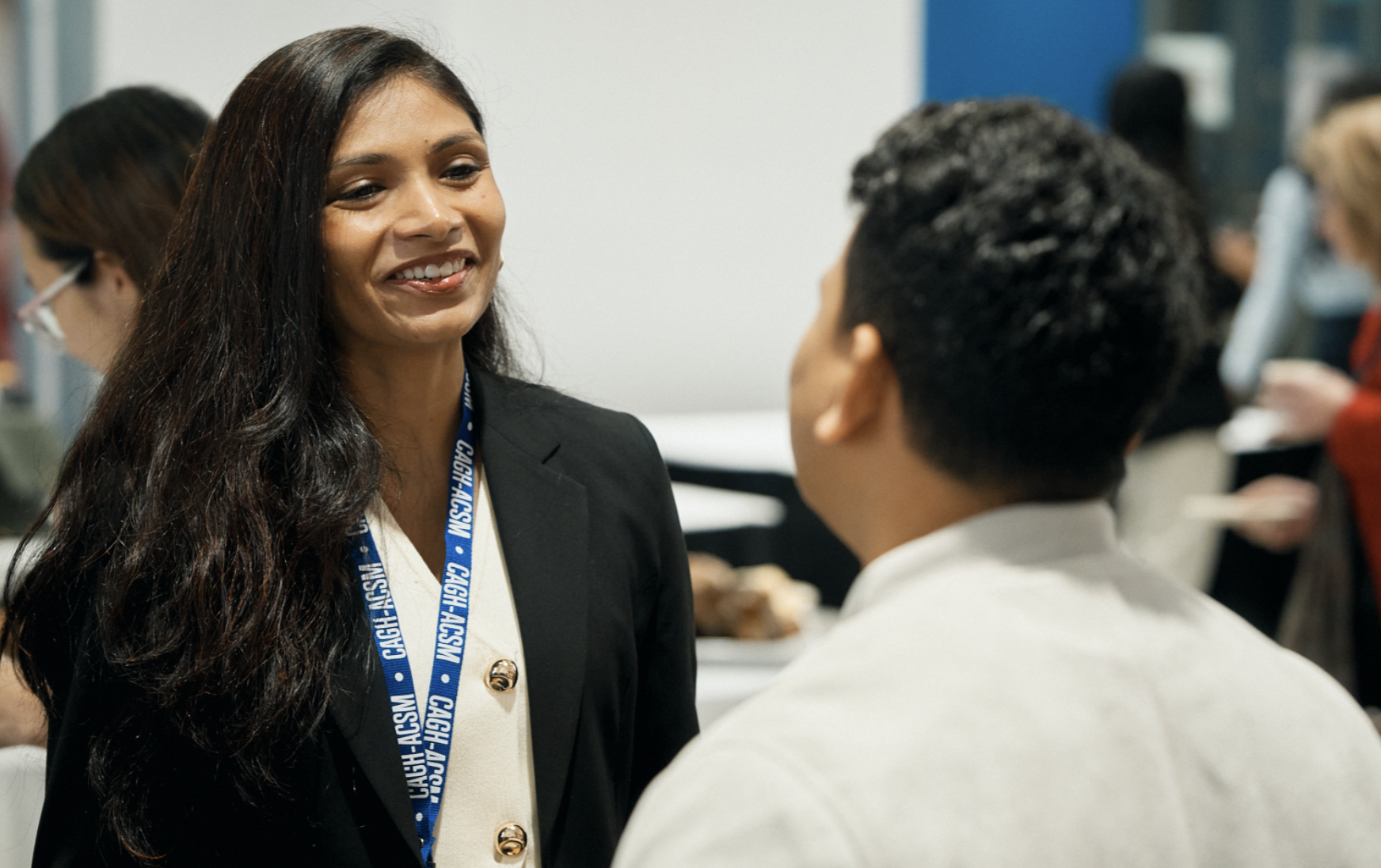
Become a Mentor/Mentee
The applications for MentorNet 2025-2026 are now closed.
DEADLINE: August 31, 2025
The 2025-2026 MentorNet Program will be accepting applications from global health students and emerging professionals as well as seasoned professionals.
- Students and emerging professionals: Applications to become a 2025-2026 CAGH mentee are open now!
- Please carefully complete the SEP application form to facilitate the matching of mentors and mentees.
- Seasoned professionals in global health: Applications to become a 2025-2026 CAGH mentor are open now!
- Please carefully complete the Mentor application form to facilitate the matching of mentors and mentees.
Steering Committee
Frequently Asked Questions
Not at all. We welcome applications from student/young professionals (SYPs) and mentors from all parts of the world.
There is no specified age range for mentees or mentors to be involved in the program. Rather than evaluating applicants on the basis of age, we assess candidates based on their interests and experiences in global health, reflections on mentorship, and motivation.
While mentorship has traditionally been viewed as a relationship between a seasoned professional and a novice apprentice, we believe that early stage professionals (within the first 3-8 years of their career) have much to offer to students within the same field. In fact, in some cases, students might be able to relate better to someone who has recently been in their shoes. If you are an early stage professional and feel comfortable being a mentor, we encourage you to apply. We ask that you indicate your level of experience within the application, so that we can pair you with a mentee who is more junior within your field.
Of course! We recognize that the same person may be at a stage where both being a mentor and being a mentee could be appropriate and useful. If you are in this situation, we ask that you complete both the mentee and the mentor applications, as they ask questions that are specific to each role.
By its very nature, global health is a multi/inter/trans-disciplinary field. As such, we are looking for a group of mentors and mentees that reflect this diversity. Whether your background is in health, consulting, the arts, engineering, business, design, law, environment, development, public policy, or international relations (among other disciplines), we are looking for individuals who are motivated to address global health challenges through their field of work.
Each program year we facilitate mentoring relationships for approximately 30-35 pairs. Of course, this number changes slightly depending on the quality and quantity of applications received in a given program year.
Typically, we receive close to 150 mentee applications. With only 30-35 spots available, mentee applications are quite competitive.
Provide a reflective, concise summary of “how you fit into the global health world,” including details on your interests and experiences in global health, your educational background, and your career objectives within the field. Applicants that reflect upon how the mentorship program may support their personal or professional growth are usually highly ranked.
Mentees applications are ranked according to the following criteria: 1) global health interests and experiences; 2) motivations for engaging in a mentoring relationship; 3) professionalism and effort illustrated in the application; 4) commitment to the program. Each category is scored differently, with commitment to the program (in terms of time availability and enthusiasm demonstrated) typically scored with the most weight.
The highest ranking mentees are matched with mentors based on their areas of interest in global health, academic background and geographic location. While we aim to match candidates using all of these criteria, when this is not possible we prioritize matching SYPs and mentors with overlapping areas of interest.
In the interest of maintaining impartiality during the evaluation process, we are not able to accommodate requests to be matched with a particular mentor. That being said, the application form allows you to describe the characteristics and competencies you would like your mentor to have. Use this space to tell us about your “ideal mentor,” as we take these comments into consideration.
We ask mentors to commit 1-2 hours per month to the program (although many mentors opt to spend more). The majority of this time is spent interacting with your mentee over email, Skype, or through face-to-face conversations, with a small amount of time dedicated to additional program activities (completing evaluation surveys, reviewing program emails etc).
We request that you outline your availability to your SYP as well as your program liaison at the start of the program to ensure an appropriate program structure can be arranged.
At the very least, we ask that SYPs commit approximately 1-2 hours per month to the program. This may fluctuate slightly depending on the program structure you agree on with your mentor. For example, if you decide to work through the modules in their entirety, it is more likely that you will spend closer to 3 hours per month, as this level of involvement requires more time.
Although not required by the program, mentees may have the opportunity to collaborate with their mentors on papers, articles, blog posts and speaking engagements. In some instances, mentors have been able to secure internships or work opportunities for their mentees, but this is not always the case and SYPs should NOT expect this from their mentor.
Past Projects (2021)
Colonialism in speech-language pathology: Moving forward
Project By: Hillary Ganek
Mentor: Shubha Nagesh
How we communicate is one way through which we tell the world who we are. The vocabulary, syntax, and speech sounds we use tell others where we are from, our age, our gender, our socioeconomic background, and our cultural associations. The language learning process initiates us into our communities by implicitly teaching us the norms and values of our society. It has, therefore, also been used as a tool for colonialization; disrupting the transfer of indigenous cultures across generations. Those with communication disorders in the majority world face further difficulties when attempting to learn language. While the number of people with communication disorders worldwide is unknown, the WHO estimates that ~15% of the world’s population is experiencing a disability that may affect how they communicate.
Colonialism and Health
Project By: Joann Varickanickal
Mentor: Manisha Pahwa
How we communicate is one way through which we tell the world who we are. The vocabulary, syntax, and speech sounds we use tell others where we are from, our age, our gender, our socioeconomic background, and our cultural associations. The language learning process initiates us into our communities by implicitly teaching us the norms and values of our society. It has, therefore, also been used as a tool for colonialization; disrupting the transfer of indigenous cultures across generations. Those with communication disorders in the majority world face further difficulties when attempting to learn language. While the number of people with communication disorders worldwide is unknown, the WHO estimates that ~15% of the world’s population is experiencing a disability that may affect how they communicate.
Determinants of Health in Indigenous Peoples Worldwide
Project By: Regina Yuen
Mentor: Peter Tugwell
Indigenous populations are adversely affected by tuberculosis. Growing evidence report that social and behavioural determinants contribute to the development of active tuberculosis. Indigenous health inequality is affected by colonization, globalization, forced migration, loss of Indigenous language and culture - this leads to worse health outcomes.
Abortion Self-Care Looks Like
Project By: Frances Walker, MSc.
Mentor: Dr. Uzma Syed
I created a graphic story of what abortion self-care looks like, for many folks looking to terminate their pregnancies across different settings with different legal and cultural barriers to safe surgical abortion care. “Self-care” is defined by the WHO as “the ability for individuals, families, and communities to promote, maintain health, prevent disease and cope with illness with or without the support of a healthcare provider.” Although self-care has been practiced for millennia, the “self-care movement” has gained steam within recent years as a pivotal strategy for improved health systems, universal health coverage, and global development. It is especially important as the ongoing Covid-19 pandemic has caused many working within global public health to reimagine our systems, and to discuss tools for people to self-manage their health without relying on overburdened healthcare providers. Self-care can prove revolutionary in sexual and reproductive healthcare, due to prevalent social norms and legal barriers that prevent people from accessing the services they need, for example abortion-related care. Abortion-self care (sometimes referred to self-managed abortion or medical abortion) can allow people to access accurate information and tools to induce. Studies have shown that it is safe, effective, and that many people prefer it due to increased privacy. My graphic story describes self-care, and illustrates why it is an important tool for many people across the world.
Violence Against Women
Project By: Mary Olukotun
Mentor: Dr. Uzma Syed
Violence against women is a critical public health issue, a significant human rights violation, and a concerning global phenomenon. Women experience gender-based violence (GBV) from intimate partners and non-partners which manifests as physical, verbal, emotional and psychological, or sexual violence. Global estimates from the World Health Organization suggest that 1 in 3 women have experienced intimate partner violence or non-partner sexual violence in their lifetime. Physical and/or sexual violence by intimate partners account for almost 30% of these instances of violence. Additionally, 38% of all murders of women were committed by intimate partners. Though intimate partner violence (IPV) is documented to be most prevalent globally, all forms of violence have significant short- and long-term impacts and jointly contribute to the detriment of women’s health and well-being. This module examines GBV against women within the global context and is intended to foster understanding about the extent of this issue, risk factors, outcomes, and strategies for prevention.
Menstrual Hygiene Management: A Global Health Issue
Project By: Esther Osime
Mentor: Marylin Entwistle
Towards global knowledge-creation on rehabilitation
Project By: Bente van Oort, BSc.
Mentor: Dr. Djenana Jalovcic
In April 2020, we, Dr. Jalovcic and I, met for the first time online as part of the CAGH MentorNet program. What followed were monthly hourlong conversations on a range of topics, including disability studies, immigrant and refugee health and social determinants of health and social justice. But there was one subject we kept coming back to: community based rehabilitation (CBR).
We found that most knowledge, practice and research on CBR is located in low and middle income countries (LMICs). High income countries (HICs) seem to rarely use the CBR approach for rehabilitation practices. We discussed possible reasons behind this, including different knowledge systems, health infrastructures and attitudes and stance from researchers. But we mostly found that the lack of knowledge-exchange between LMICs and HICs hinders a global approach to knowledge-creation in rehabilitation practice. A global approach to rehabilitation may help to illuminate common principles and challenges around the world, allow for mutual learning and understanding, and ultimately improve the lives of the one billion people with disabilities globally. In an attempt to call for global knowledge-creation, we wrote a blog post that showcases five current challenges to rehabilitation practices worldwide and exemplifies how knowledge from either LMICs and HICs may provide insights and solutions in these issues.
Enhancing knowledge sharing for global health equity
Project By: Breagh Cheng, MSc.
Mentor: Dr. Jamie Uhrig, MD
This final project is a ~1500-word academic commentary on enhancing knowledge sharing for global health equity. Knowledge produced by specialized professionals can be translated to promote public understanding and decision-making. However, various barriers such as lack of training, few systematic incentives for open-data policies, and global gaps in research and development may affect this communication. This is especially timely to consider in the context of the COVID-19 pandemic, given the risks of misinformation that have been demonstrated with notable examples such as the use of unauthorized treatments for COVID-19. Through the application, translation, and dissemination of specialized knowledge, society has developed new vaccine technology and informed global policy responses during the COVID-19 pandemic. This essay highlights several preliminary considerations for ways to foster a culture of knowledge sharing aimed at promoting global health equity.
Intersectionality Module
Project By: Christina Nguyen, BSc, MSc (’22)
Mentor: Rukshan Mehta, BSc, MSc, PhD
The discussion on intersectionality in the global health realm is becoming increasingly important. This module is intended to provide an introductory overview on the concept of intersectionality. Participants will discuss the importance of intersectionality in global health and in everyday life. The articles, videos and educational materials are included to inspire meaningful dialogue on the topic – participant’s experiences, insights and unique perspectives will continue the conversation.
Intersectionality and Global Health
Project By: Nawang Yanga
Mentor: Dr. Zari Gil
The purpose of this module is to familiarize the student and mentor with the theory of intersectionality and its potential applications to global health. The purpose of this module is to advocate for the need to move beyond the traditional social determinants of health (SDoH) to understand how these SDoH intersect to produce and reproduce disparities in health.
The Burden of Covid-19 on Pharmacists
Project By: Julia Silano
Mentor: Jordan Jarvis
Pharmacists are critical to the delivery of accessible, integrated health care in Canada. As their role has expanded, these healthcare professionals are providing more services for patients than ever before. Throughout the pandemic, pharmacy professionals are front-line health care workers who are accessible in person for patients. Pharmacists have rapidly adopted critical changes within their workplace in order to respond to patients and fellow staff amidst evolving standards of practice and provider guidelines (Elbeddini et al., 2020). As challenging and demanding as such changes were, pharmacists are better equipped to protect themselves and their patients against subsequent waves and novel variants. On the 25th of September is the annual World Pharmacists Day. This infographic is aims to promote and advocate for the integral role of the pharmacist as this profession adjusts to the government, health system and societal demands during the Covid-19 pandemic.
Behind Diagnoses: Patients” | A Peer Med Podcast Series
Project By: Leah Sarah Peer
Mentor: Dr. Molly
Behind every diagnosis, there is a patient, and in every patient is a human being with a beating heart. Medicine can only be effective when the human connection between physician and patient, the clinical relationship, is at the heart of patient-centred care. With the advancement of modern medicine and the delivery of technology, the emotional and social tasks of providing care have taken a back seat. Patients look to the healthcare system for relief or recovery and with long wait times, and short appointments, it adds to their burden. Given the overcrowded facilities and a lack of resources, it is no surprise that physicians quickly take vital signs, prescribe medication and move on. The consequences of this cold and methodical conduct, however, may be efficient in the milieu of the healthcare systems present in the West, but they lack an effective, meaningful and consistent clinical relationship.
The Health Equity Project
Project By: Nastaran Tamiri, RN, BScN
Mentor: Yipeng Ge, MD
Rising conflicts throughout the Middle East has led to an unprecedented surge of refugees and asylum seekers crossing Canada’s borders (Ng, Sanmartin & Manuel, 2016). Healthcare access that is affordable, appropriate and culturally sensitive is a necessity for all human beings, including migrants and those seeking asylum within Canada. Refugees often have lower rates of using primary care and preventative medicine services in comparison to the host population as a result of cultural and communication barriers, difficulty navigating a complex health care system, and a lack of coverage for these services to name a few (Aery, 2018). The Health Equity project will investigate current efforts within Southern Ontario that are helping to provide better access to primary care for refugees and will identify present gaps within the health care system that hinder refugees from equitable access to these essential services. Through conducting an environmental scan and qualitative interviews with identified stakeholders, our project will present a blueprint for a community-based organization that will serve to support Afghan and Iranian refugees in navigating the Canadian healthcare system, create connections with community social services, and provide health education to individuals and families regarding common health issues that stakeholders have identified as a learning gap.
Discussion Module: Inclusive Mental Health Systems
Project By: Peter Steele
Mentor: Ilene Hyman, PhD
One core aspect of CAGH’s MentorNet Program is discussion modules. As participants of the program, Peter and Dr. Hyman were able to foster stimulating discussions and tackle complicated topics. As a means to encourage further learning, they have collaborated to produce a module that combines their passion and background for mental health, while exploring the capacity for inclusive programming on a global scale.
In this module, MentorNet participants can expand their knowledge of global mental health through a critical examination of collaborative psychosocial support, including treatment that prioritizes culturally-relevant programming and local actors. By maintaining a systems approach, participants will learn about innovative practices to build sustainable and transformative mental health support that caters to low-resource environments. Through discussion, participants will be encouraged to challenge their understanding of global mental health structures and consider the efficacy of psychological care and treatment that reaches beyond traditional, western modalities – while still operating within existing global health structures.
Global Epileptology – State of the art and future perspectives
Project By: Tamara M. Welte, MD
Mentor: Ainhoa Costas-Chavarri, MD
Neurological disorders account for 12% of the global burden of disease. They represent number 1 cause of disability and number 2 cause of death globally. Epilepsy is among the five largest contributors, with more than 50 million people affected worldwide, suffering from higher mortality, stigma and discrimination. Nearly 80% of persons with epilepsy (PWE) live in low- and middle income countries (LMIC). One reason is the double burden of infectious and non-infectious diseases, with e.g. neurocysticercosis as the leading cause of epilepsy in endemic areas of the global south.
If properly diagnosed and treated, 70% of PWE could become seizure free. Yet, >75% of patients in LMIC do not receive adequate treatment. This is mainly due to restricted access to medical care and insufficient medication supply. Only few low-price anticonvulsants (e.g. phenobarbital) are in use in most LMIC, but supply chain is often not sustained and stock-outs are common. Another problem is the lack of specialized neurological workforce and education. Whereas in Europe, there are 7 neurologists per 100,000 people, Africa only has 0.04/100,000, without any availability in rural areas.
Within the scope of MentorNet we put together a presentation displaying the state of the art on global epileptology. By presenting at national/international congresses on epilepsy/neurology we aim to raise awareness and promote the global perspective among professionals and experts to foster international cooperation and projects on a clinical, educational and research level.
This infographic displays main points of the presentation.
Building a sustainable global health community for women: a narrative inquiry of implementing a mentorship program
Project By: Miranda G Loutet
Mentor: Danielle Macdonald
Global health is an expanding field, with many opportunities for people to collaborate on emerging challenges. However, the recent pandemic has highlighted the double burden of social- and employment-work placed on women, which make it harder for women to access and contribute to global health work. We describe how a formal mentorship program between two women in global health creates a sustainable platform for critical learning, professional development, and future partnerships.
An SYP reflection on 2021 MentorNet
Project By: Yunus Dosunmu
Mentor: Ambayo Peter Otte Nyumbe
Past Projects (2020)
Global Stillbirth: A Crisis Left Invisible
Project By: Urvi Rai, BSc
Mentor: Dr. Uzma Syed, MBBS, MSc
Dr. Syed and I have a shared interest in maternal and newborn health. Through CSIH, I had the huge privilege of having Dr. Syed as my mentor and the opportunity to learn from her 20+ years of experience working in a global context, guiding innovation and scale-up of evidence-informed interventions. One critical issue we discussed during our mentorship sessions is that of global stillbirth. Targets for stillbirth have not been clearly outlined in the UN Sustainable Development Goals, despite the high global burden of nearly 2 million stillbirths annually. Current rates of decline will not allow us to meet the target of 12 or fewer stillbirths per 1,000 total births by 2030, as outlined in the UNICEF and WHO led Every Newborn Action Plan (ENAP). Of particular concern is that there are vast disparities in progress, whereby the global south carries the greatest burden, highlighting persisting global inequities.
Thus, for our MentorNet project, Dr. Syed and I chose to explore stillbirth as a maternal and newborn health issue. With guidance from Dr. Syed, I completed a review of literature on global stillbirth, including the latest UN-IGME report on stillbirth, to describe the issue and discuss key challenges that continue to hinder our progress toward ENAP targets. These include under reporting and inconsistent definitions that allow stillbirth to remain invisible as a public health issue. I highlighted risk factors across a mother’s lifespan, and described solutions proposed in the literature using a socio-ecological model. Thank you CSIH for this opportunity!
Newborn Programming in West and Central Africa: A Review of Reports
Project By: Hunster Yang, M.Sc., B.Sc.
Mentor: Aline Simen-Kapeu, Ph.D., M.D.
Improving child survival and newborn health continues to be a critical agenda in West and Central Africa (WCA). The Every Newborn Action Plan was published six years ago by the World Health Organization to guide countries in the implementation of newborn programs. Our joint work reviews existing global reports and assesses progress made by selected countries in WCA during the past five years. We found that countries have made great strides in ensuring that newborn action national plans are developed, costed, and set with clear targets for reducing neonatal mortality. Majority of countries have now put in place maternal death surveillance and response systems. Across the board, national essential medicine lists have been updated to include essential life-saving commodities and medicines for newborns. Moreover, countries have increased their investments in health workforce through competency and skills-based training and educational programs.
However, some areas require more efforts, such as developing stillbirth national targets and national advocacy strategies. Upon disaggregation, we noticed that acceleration needs to be done in high-burden countries or countries in a humanitarian and fragile context. All of this is compounded with the COVID-19 pandemic where we are pushed back on our feet as the damage threatens to set us back on so many fronts. Thus, this analysis underscores key actions required not only to protect the milestones achieved by the countries, but to accelerate and secure the gains as the global international community all strive towards reducing neonatal deaths and stillbirths.
Sexual and Reproductive Health and Rights
Project By: Vesela Ivanova, BSc, MScPH Candidate
Mentor: Dr. Uzma Syed
I chose to create a module on SRHR because it was not part of the Mentornet curriculum, and I believe that it is an essential part of the global health field. My module aims to provide an introduction to SRHR in a global context and discusses the importance of supporting SRHR in global public health programs, with the aim of achieving the SDGs. The module also aims to inspire discussion on relevant SRHR topics within a human rights and social justice framework and to highlight disparities and inequities in achieving SRHR for all.
The module is divided in 3 parts:
- Introduction to SRHR in the context of the SDGs
- Key issues in Reproductive Health and Rights (abortion care, family planning, and contraception, menstrual health)
- Key issues in Sexual Health and Rights (STIs such as HIV and HPV, Sex- and gender-based violence)
Critically Considering Sources During Unprecedented Times
Project By: Ragshica Sotheeswaran HBSc.
Mentor: Caroline Marshall HBSc, MPH, DrPH
While writing a paper on the effects of Covid-19 on the provision of abortion services in India, I realized that I was not too sure where to start. COVID-19 is still fairly new and ongoing, which means that information is constantly being updated and changes every day. I found very few scholarly, peer-reviewed materials that discussed my topic and population of focus. Due to the constantly evolving nature of the situation, if you’re not cautious it can become easy to assume every new piece of information as fact or the common experience. While attempting to find information to make observations and decisions, the confusing and fast paced nature of this pandemic can inadvertently overlook those who are underrepresented. Yet, it is such hidden groups that are often in need of support.
So came the questions, during an ongoing crisis where could I go to find information on my topic, and how can I critically analyze such sources? Recognizing that others might have the same experience, I’m sharing my suggested approaches.
COVID-19 and Global Pandemics
Project By: Michael Pratte, BSc
Mentor: Dr. Molly Whalen-Browne, MSc, MD
The COVID-19 Pandemic is a global health catastrophe of unrivaled proportions. Its effects have been felt around the world, putting our skills in public health and disease control to the test. In collaboration with my mentor, we sought to create a module for the CSIH in order to help individuals learn about the unprecedented pandemic. What exactly is a global pandemic? How does it start? How do we help prevent and control them? All of these questions and more are addressed in our module!
Case Report: Telehealth Initiative Project in Koibarak Community, Markawet West Subcounty and Elgeyo Markawet County in Rural Kenya
Project By: Christine Saleeb, D.O.(c), MSc, BSc
Mentor: Asrat Dibabba Tolossa, MD, MPH
COVID-19 has worsened existing and exposed new healthcare challenges, especially in the weakest healthcare systems. Telehealth has been used to overcome some of these challenges, especially in African economies, such as Kenya. World Vision Canada’s ENRICH project has implemented a Telehealth Initiative to improve the well-being and reduction of life-threatening effects of COVID-19 on children and their families within targeted areas of rural Koibarak Community, the Marakwet West Subcounty and Elgeyo Markawet County in Kenya by June 2021. The Telehealth Initiative intervention highlighted in this case report, involved leveraging technology to spread preventative measures of COVID-19, distributing personal protective equipment (PPE), and facilitating Psychological First Aid services to all households. Overall, these efforts showed a proactive COVID-19 response and improved access to healthcare services. There were less cases of COVID-19 in these areas (cumulative 322) compared to the national average. Challenges arose, however, such as the limited resources for COVID-19 testing, reporting and logistics. Other challenges include the rising COVID-19 cases that will constrain the healthcare system, inadequate behaviour change, and lack of COVID-19 resources available for school reopening. Future directions to address these challenges include health system strengthening, possibilities of upscaling the telehealth initiatives, increasing local production of PPEs, ensuring a functional vaccine roll-out, and improvements to in-school precautions.
The Good Health Cafe
Project By: Nikita Boston-Fisher
Mentor: Matt Hughsam
I have a passion for plain language communication in health and healthcare and I started a podcast to do so called The Good Health Café. I interviewed my mentor Matt for an episode of the podcast as our final project. During the course of our mentorship time together we discussed the importance of mental health and the importance of breaking the stigma around it. Matt graciously agreed to be interviewed to share some of his experience seeking help for mental health and how the transparency of a mentor in his life inspired him to seek help.
Overcoming Homesickness
Project By: Cosmina Nistor
Mentor: Karen Joe, BSc, MPH
This is a guide to overcome homesickness when one is abroad, for studying, volunteering or working. Some quick tips and tricks that can provide stability and comfort in times of unfamiliarity.
Immigrant and Refugee Health
Project By: Ogochukwu Udenigwe, Bsc, MSc.
Around the world, immigrants and refugees have a unique set of needs and requirements when accessing health care services. As countries "open their doors" to newcomers, understanding the complexities of immigrant and refugee experiences will be critical to ensuring equitable access to healthcare. This module explores immigrant and refugee health in the Canadian as well as global context. Health status is not equivalent across all immigrants and refugee groups. Health is influenced by their place of origin and experiences and further impacted by postmigration factors related to integration into their new place of residence such as employment, education, and responsiveness of the healthcare system. This module is intended to examine the effects of the social determinants of health on immigrants and refugees. It also examines the processes through which various actors address the unique set of needs of immigrants and refugees at the local, national, and global levels. The articles should kick start some meaningful dialogue on the topic, your experiences, insights, and unique perspectives will continue the conversation!
The objectives of this module are as follows:
- To Identify individual, societal, and systemic determinants of immigrant and refugee health.
- To understand considerations necessary to provide adequate healthcare to immigrants and refugees pre-and post-migration.
- To discuss models and practices that are designed to reduce disparities in access to healthcare services in Canada for immigrants and refugees.
Implementation Science in Primary Health Care
Project By: Ga Eun Lee, MScPH
Mentor: Linda Beyer MSc (Planning), DPhil Candidate
Implementation science is gaining momentum in global health. Although implementation science has the potential to bridge the know-do gap in “real world” settings, the field is underrecognized and not well understood. With the aim of increasing awareness of this emerging field, we created an educational module on implementation science for the MentorNet curriculum. Motivated by the capacity of implementation science to improve primary health care, we focus on a case study from Nigeria where implementation science methods are used to increase the impact of home visits to pregnant women.
Primary Health Care (PHC) Webinar
Mentor: Kay Wotton, MPH
A Primary Health Care (PCH) webinar has been created for health science students at Mbarara University of Science and Technology, Uganda. The webinar is narrated in English by Dr. Gad Ruzaaza, Head of the Rural Placement Program. It was designed for use as part of student preparation for the annual Rural Placements in South West Uganda. The webinar has been arranged into two sections: Part 1 Elements of PHC and Part 2 Approaches to PHC.
The presentation features interactive techniques including engaging stories, quotes and vibrant African visuals. PowerPoint slides and talking notes have also been provided.
